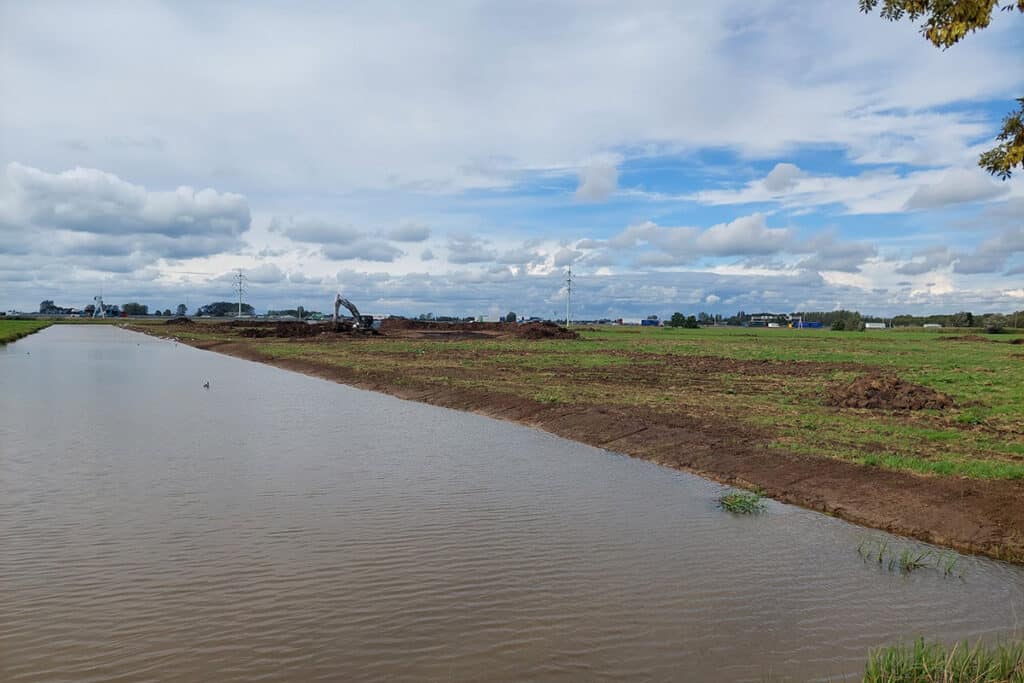
'Life cycle analysis for construction projects better alternative than uniform climate label'
Rationale: Ballast Nedam: lenders of construction projects hesitate due to climate risks
Building new homes in the Netherlands is becoming increasingly complicated. Banks and investors are more often imposing climate conditions on building projects. They are concerned about climate risks such as extreme precipitation and flooding. Developers argue for a universal climate label, similar to the energy label. This is not a good solution. A comprehensive "life-cycle analysis" in the design process offers a better alternative.
Every municipality in the Netherlands has its own rules and requirements for building projects. In addition, the impact of climate change is very different per area and location. What applies in Limburg (a hilly landscape) may be very different from what applies in, say, a deep polder in South Holland. Therefore, it is virtually impossible to create one uniform climate label that is applicable everywhere. You are comparing apples and oranges, as it were.
Instead of a general label, it is wise to perform a life-cycle analysis. This means closely examining in advance how a building or project will hold up or develop over the next 50 years under defined climate scenarios. This gives developers insight into what investments are needed to make the project climate-proof. In some areas, you may need a lot of sand to raise the site, while elsewhere it is not necessary.
By having this analyzed in advance by market parties such as geo-data specialist Fugro, you can make better choices and prevent unexpected situations in the future such as subsidence or flooding. This allows you to decide whether to invest in advance or opt for adjustments during the usage phase. Given the total lifetime costs, this requires only limited additional investment upfront, but this benefits the homeowner and manager (municipality) over the years.
In projects like flood defenses (such as levees), the manager is involved in construction from the beginning. Therefore, there the focus in levee reinforcements is also on future management and a life cycle analysis is already widely used. In municipal construction projects, this often does not happen. As a result, problems can arise after construction that the municipality has to solve. By doing a life-cycle analysis, you can prevent this and ensure that the project continues to function well in the long term.
If we continue in the current manner, construction projects may be delayed or even halted. In addition, municipalities risk high maintenance costs in the future due to unexpected problems. Therefore, it is essential to do thorough analysis in advance and not rely on generic labels.
Heeft u vragen over dit artikel, project of product?
Neem dan rechtstreeks contact op met Fugro.
 Contact opnemen
Contact opnemen




